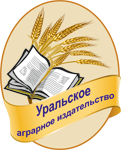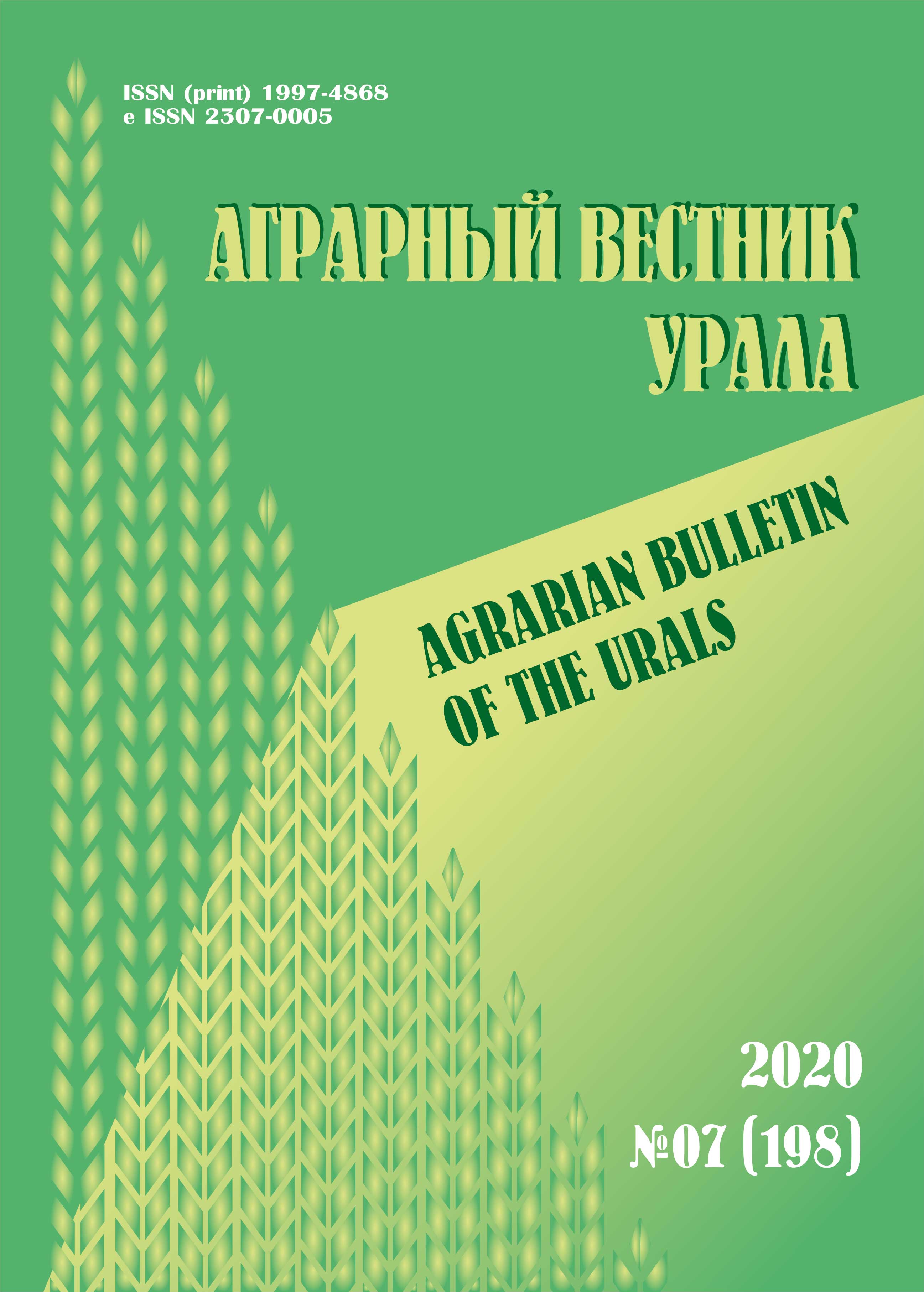Abstract. Among grain crops, winter rye is one of the most popular crops, well adapted to the conditions of the North-West. Currently, most breeders use various selection indices in conjunction with the definition of stress resistance. Purpose. The aim is to study the collection samples of winter rye by yield and elements of the productivity structure and to identify the most adaptive for breeding in the conditions of the North-Western region. Methods. The experimental part was carried out at the VIR pilot site during 2018-2021 located in the North-Western region. The following were determined: Mexican index (Mx), Canadian index (Ki), linear ear density index (LPC), plant productivity index (IPR), Finnish-Scandinavian index (FSj), prospects index (J.P), index of the ratio of the mass of 1000 grains to the number of grains in the ear (j). The calculation of stress resistance parameters was carried out using the following indicators: stress resistance (Ymin- Y max), genetic flexibility (Ymin+Ymax)/2, stability of the variety (Ymin/Ymax), stress resistance coefficient (Kst.) was determined by A.A. Bykov. Results. The best conditions for the formation of yields were in 2020 and 2021 (Ij = +2.03; +1.8). In 2018 and 2019 – unfavorable (Ij = -1.3; -2.5). The maximum yield was obtained in 2020 in diploid rye varieties: Ophelia (10.3 t/ha) and Yaselda (9.0 t/ha), in tetraploid varieties Siberia 4. The results of these studies showed that the greatest advantage have variety: Siberia (Ʃ rank= 41), Eureka (Ʃ rank=55), ilmenite (Ʃ rank= 55), Ophelia (Ʃ rank=56), Siberia 4 (Ʃ rank= 58), Verisim (Ʃ rank= 59). Scientific novelty lies in the study of 12 varieties – seven diploids and five tetraploid winter rye. Thanks to the evaluation of varieties, they are divided according to the reaction of varieties to the environmental condition, stress-resistant and non-resistant.
winter rye, variety type, yield, breeding indices, stress resistance, rank, adaptability
1. Goncharenko A. A., Makarov L. V., Ermakov S. A., Semenova T. V. [i dr.] Ekologicheskaya ustoychivost' sortov ozimoy rzhi s razlichnym tipom korotkostebel'nosti // Rossiyskaya sel'skohozyaystvennaya nauka. 2019. № 3. S. 3-9. DOI:https://doi.org/10.31857/S2500-2627201933-9. EDN: https://elibrary.ru/UFHSWL
2. Čeh B., Štraus S., Hladnik A., Kušar A. Impact of Linseed Variety, Location and Production Year on Seed Yield, Oil Content and Composition [e-resource] // Agronomy. 2020. Vol. 10. No. 11. Article number 1770. URL: https://www.mdpi.com/2073-4395/10/11/1770 (date of reference: 31.03.2022). DOI:https://doi.org/10.3390/agronomy10111770.
3. Manukyan I. R., Basieva M. A. Ispol'zovanie selekcionnyh indeksov dlya ocenki adaptivnogo potenciala kollekcionnyh obrazcov ozimoy tritikale k usloviyam predgornoy zony Central'nogo Kavkaza // Gornoe sel'skoe hozyaystvo. 2018. № 2. S. 33-37. DOI: https://doi.org/10.25691/GSH.2018.2.007; EDN: https://elibrary.ru/UQQXGS
4. Dragavcev V. A. Ekologo-geneticheskaya organizaciya kolichestvennyh priznakov rasteniy i teoriya selekcionnyh indeksov // Ekologicheskaya genetika kul'turnyh rasteniy: sbornik dokladov na Shkole molodyh uchenyh po ekologicheskoy genetike. Krasnodar, 2021. S. 31-50.
5. Kiryluk A., Kostecka J. Pro-Environmental and Health-Promoting Grounds for Restitution of Flax (Linum usitatissimum L.) Cultivation // Journal of Ecological Engineering. 2020. Vol. 21. No. 7. Pp. 99-107.
6. Plisko L. G., Pakul' K. N. Ocenka selekcionnyh liniy yarovoy myagkoy pshenicy // Mezhdunarodnyy nauchno-issledovatel'skiy zhurnal. 2017. № 12 (66). Ch. 3. S. 127-130. DOI: https://doi.org/10.23670/IRJ.2017.66.094; EDN: https://elibrary.ru/YNMOBS
7. Nikolaev P. N., Yusova O. A., Vasyukevich V. S., Anis'kov N. I., Safonova I. V. Adaptivnyy potencial sortov ovsa selekcii Omskogo agrarnogo nauchnogo centra // Vestnik Novosibirskogo gosudarstvennogo agrarnogo universiteta. 2019. № 1 (50). S. 42-51. DOI: https://doi.org/10.31677/2072-6724-2019-50-1-42-51; EDN: https://elibrary.ru/ZRFQUQ
8. Mal'ceva L. T., Filippova E. A., Bannikova N. Yu. Reakciya yarovoy myagkoy pshenicy na zasuhu v lesostepi Zaural'ya // Agrarnyy vestnik Urala. 2021. № 12 (215). S. 9-18. DOI:https://doi.org/10.32417/1997-4868-2021-215-12-9-18. EDN: https://elibrary.ru/JAJUQT
9. Ponomareva M. L., Ponomarev S. N. Optimizaciya parametrov kachestva zerna dlya selekcii ozimoy rzhi // Vavilovskiy zhurnal genetiki i selekcii. 2019. № 23 (3). S. 320-327. DOI:https://doi.org/10.18699/VJ19.496. EDN: https://elibrary.ru/AHRAVZ
10. Utkina E. I., Kedrova L. I. Zimostoykost' ozimoy rzhi: problemy i resheniya // Agrarnaya nauka Evro-Severo-Vostoka. 2018. № 62 (1). S. 11-18. DOI:https://doi.org/10.30766/2072-9081.2018.62.1.11-18. EDN: https://elibrary.ru/YSACTW
11. Syukov V. V., Zaharov V. G., Menibaev A. I., Ekologicheskaya selekciya rasteniy: tipy i praktika // Vavilovskiy zhurnal genetika i selekcii. 2017. № 21 (5). S. 534-536. DOI: https://doi.org/10.18699/VJ17.270; EDN: https://elibrary.ru/ZHGIUD
12. Shamsutdinov Z. Sh., Kosolapov V. M., Shamsutdinova E. Z., Blagorazumova N. Z. O koncepcii ekologicheskoy nishi i ee roli v praktike konstruirovaniya adaptivnyh aridnyh pastbischnyh agrosistem // Sel'skohozyaystvennaya biologiya. 2018. T. 53. № 2. S. 270-281. DOI:https://doi.org/10.15389/agrobiology.2018.2.270rus. EDN: https://elibrary.ru/XOQUVN
13. Vasil'ev A. A., Gasymov F. M. Ekologicheskaya plastichnost' sortov slivy v usloviyah Chelyabinskoy oblasti // Trudy po prikladnoy botanike, genetike i selekcii. 2019. T. 180. № 2. S. 25-29. DOI:https://doi.org/10.30901/2227-8834-2019-2-25-29. EDN: https://elibrary.ru/GCVJHA
14. Kozubovskaya G. V., Balakshina V. I. Urozhaynost' mnogoryadnogo yarovogo yachmenya raznovidnostey pallidum v suhostepnoy zone // Trudy po prikladnoy botanike, genetike i selekcii. 2018. T. 179. № 4. S. 67-73. DOI:https://doi.org/10.30901/2227-8834-2018-4-67-73. EDN: https://elibrary.ru/YVKMLZ
15. Safonova I. V., Anis'kov N. I., Kobylyanskiy V. D. Baza dannyh geneticheskih resursov kollekcii ozimoy rzhi VIR kak sredstvo klassifikacii geneticheskogo raznoobraziya, analiza istorii kollekcii i effektivnogo izucheniya i sohraneniya // Vavilovskiy zhurnal genetika i selekcii. 2019. T. 23. № 6. S. 150-156. DOI: https://doi.org/10.18699/VJ19.552; EDN: https://elibrary.ru/NTZJWH
16. Kobylyanskiy V. D., Safonova I. V., Soloduhina O. V., Anis'kov N. I. Metodicheskie ukazaniya po izucheniyu i sohraneniyu mirovoy kollekcii rzhi. Sankt-Peterburg: VIR, 2015. 44 s.
17. Dospehov B. A. Metodika polevogo opyta (s osnovami statisticheskoy obrabotki issledovaniy): uchebnik. Moskva: Al'yans, 2014. 351 s.
18. Sapega V. A. Genotip-sredovoe vzaimodeystvie, urozhaynost' i adaptivnyy potencial sortov yarovoy pshenicy // Rossiyskaya sel'skohozyaystvennaya nauka. 2019. № 3. S. 10-15. DOI:https://doi.org/10.31857/S2500-26272019310-15. EDN: https://elibrary.ru/PAROXT
19. Bykov A. V. Morfo-biologicheskie osobennosti i agroklimaticheskiy potencial urozhaynosti sortov VETA VULGARIS L., VAR CONDITIVA ALEF v Zapadnoy Sibiri // Mezhdunarodnyy nauchno-issledovatel'skiy zhurnal. 2017. № 7. Ch. 2. S. 59-62. DOI:https://doi.org/10.23670/IRJ.2017.61.020. EDN: https://elibrary.ru/ZBFIWX









